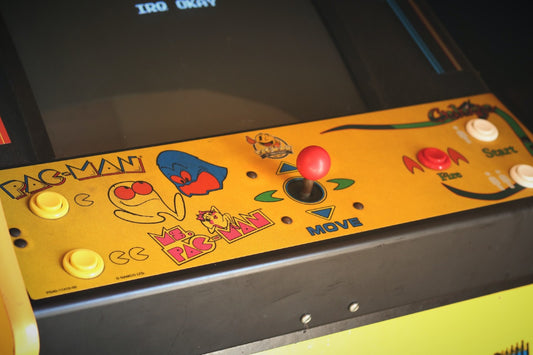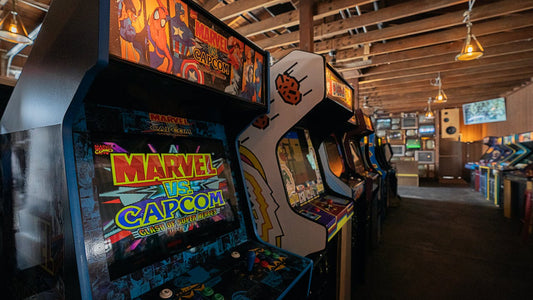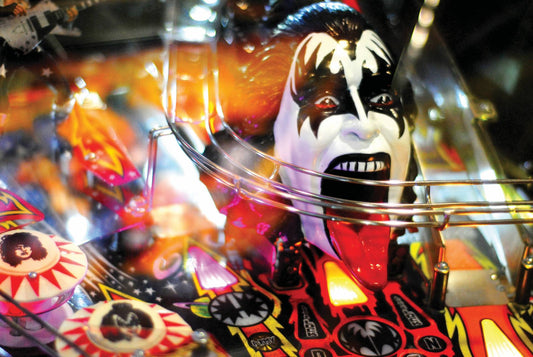Magnavox Odyssey
The Magnavox Odyssey, although not being a major success, still stands at the world’s first commercial home video games console. It was originally designed and created by Ralph Baer, who has since received a ‘National Medal of Technology’ for his work on this system. After development and work started in 1966, the console was first released in America in September 1972, and further distributed worldwide only a year later.
As the first commercial home video games console, it was evidently very basic. The console itself was a white, black and brown system that attached to a TV through a switchbox and wire. The system had two rectangular controllers which were designed to sit on a flat surface. These controllers have three knobs and one reset button on them. Interestingly, the reset button would not reset the game but individual components within certain games.
The system was unable to transmit sound, and the colour was shown as monochrome. Although, Baer initially set out for the console to be in colour, Magnavox turned this idea down to save costs as colour TVs were a luxury of the time.
The gameplay consists of three white dots. Two of these are controlled by the two players and the last was controlled by the system. Each game had different rules and all played with differing settings. Game cards were produced for this system, inserting the card would start the system and launch the game. As the console showed a monochrome display and could only produce three white dots, plastic overlays were created to attach to your TV screen which took the place of visuals. 28 games were produced for the Odyssey over 11 game cards.
Interestingly, the console came packaged with board game dice, paper money, cards… to go along with the gameplay. Another additional item that was used with the system was the peripheral controller, which happens to be the world’s first light gun, and was sold separately from the console. This was shaped as a rifle and could be used with the subsequent game ‘The Shooting Gallery’.
The development of the Odyssey is intriguing as Baer created seven prototypes before the system was created. The first of these being the ‘TV Games #1’, and the last being the ‘Brown Box’. The Brown Box was presented to Magnavox in 1969, however, due to contractual disagreements, no contract was drawn up until 1971.
Upon release, the Magnavox Odyssey was sold for $99.95, or $50 when purchased with a Magnavox TV set. This would be the equivalent to $569 dollars per machine sold by itself in 2015. The high price and limited availability, due to only selling in Magnavox retailers is blamed for the console’s sales figures. However, 50,000 units were manufactured for release, and another 27,000 were created for holiday season in 1973. It is estimated that 20,000 of these were sold. Thus by the end of production, when the product was discontinued in 1975, it had sold over 350,000 units in total worldwide. With the light gun peripherals selling an additional 20,000 units.
Over the next few years, Magnavox released the follow-up dedicated consoles which could only play built-in games to the system. These are known as the Magnavox Odyssey Series. Many of these games were imported from the original Odyssey system. Within this series there were 11 consoles, two of the most famous were the Odyssey 100 and Odyssey 200. These systems were produced up until 1978 wherein the Magnavox Odyssey2 was released.
Although the Odyssey systems are not regarded to have performed well on the market, it can be understood due to them being the first of their kind. The price range and availability of the console also contributed to the slow sales. The system was revolutionary for its time, marking the end of early video games, and acting as a platform into the rise of the commercial videogame industry. Inspiring many esteemed consoles and games, such as the first generation video games. Arguably, it acted as the greatest inspiration to the biggest game and market of the time – Pong. Therefore, showing the Magnavox Odyssey as a significant turning point in video game history.
In the way that the Magnavox was a strong console with fantastic games, so are our custom arcade machines!



